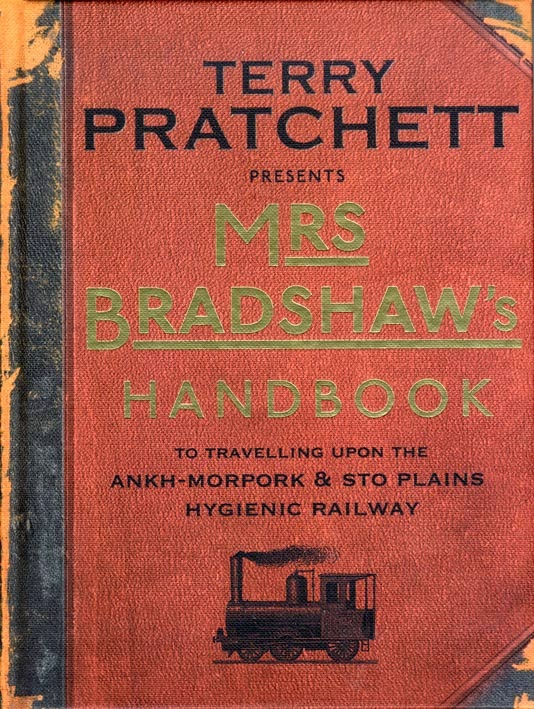The Carpet People (1971; revised, 1992)
Corgi Books 0552-52752-1, 1993, 189pp, £3.99. Cover by Josh Kirby
The Dark Side of the Sun (1976)
New English Library 0450-03298-1, Mar 1978, 158pp. Cover by Tim White
Corgi Books 0552-13326-4, 1988, 158pp, £2.50. Cover by Josh Kirby
Strata (1981)
New English Library 0450-04977-9, May 1982, 192pp, £1.50. Cover by Tim White
Corgi Books 0552-13325-6, 1988, 192pp, £2.50. Cover by Josh Kirby
The Colour of Magic (1983)
Corgi Books 0552-12473-3, 1983, 237pp, £2.50. Cover by Josh Kirby
---- [2nd imp] 1985; [3rd imp.] 1987; [4th imp.] 1987; [5th imp.] 1988; [6th imp.] 1988.
The Light Fantastic (1986)
Corgi Books 0552-12848-1, 1986, 216pp, £2.50. Cover by Josh Kirby
---- [2nd imp.] 1987; [3rd imp.] 1987; [4th imp.] 1988.
Equal Rites (1987)
Corgi Books 0552-13105-9, 1987, 204pp, £2.50. Cover by Josh Kirby
---- [2nd imp.] 1987; [3rd imp.] 1988.
Mort (1987)
Corgi Books 0552-13106-7, 1988, 271pp, £2.99. Cover by Josh Kirby
---- [2nd imp.] 1988; [3rd imp.] 1989; [4th imp.] 1990; [5th imp.] 1990; [6th imp.] 1991; [7th imp.] 1992; [8th imp.] 1992; [9th imp.] 1993; [10th imp.] 1993, £4.99.
Sourcery (1988)
Corgi Books 0552-13107-5, 1989, 269pp, £2.99. Cover by Josh Kirby
Wyrd Sisters (1988)
Corgi Books 0552-13460-0, 1989, 251pp, £2.99. Cover by Josh Kirby
Pyramids (1989)
Corgi Books 0552-13461-9, 1990, £3.50. Cover by Josh Kirby
Guards! Guards! (1989)
Corgi Books 0552-13462-7, 1990, 316pp, £3.50. Cover by Josh Kirby
---- [2nd imp.] 1991.
The Unadulterated Cat, with Gray Jolliffe (1989)
X
Truckers (1989)
Corgi Books 0550-52595-2, 1990, 206pp, £2.99. Cover by Josh Kirby
---- [2nd imp.] 1990; [3rd imp.] 1990; [4th imp.] 1990; [5th imp.] 1991; [6th imp.] 1991.
Diggers (1990)
Corgi Books 0550-52586-3, 1991, 172pp, £2.99. Cover by Josh Kirby
---- [2nd imp.] 1992; [3rd imp.] 1992.
Wings (1990)
Corgi Books 0550-52649-5, 1991, 175pp, £2.99. Cover by Josh Kirby
---- [2nd imp.] 1992.
Eric (1990)
VGSF 0575-05191-4, (Aug) 1991, 155pp, £2.99. Cover by Josh Kirby
Millennium 0857-98954-6, 2000, 155pp, £4.99. Cover by Josh Kirby
Moving Pictures (1990)
Corgi Books 0552-13463-5, 1991, 332pp, £3.99. Cover by Josh Kirby
---- [2nd imp.] 1991; [3rd imp.] 1993, £4.99.
Good Omens, with Neil Gaiman (1990; revised 1990)
Corgi 0552-13703-0, 1991, 382pp.
World Book Night 978-0552-15984-5, 2012, 414pp. [bound with a chapter of
The Man Who Was Thursday by G. K. Chesterton]
Reaper Man (1991)
Corgi Books 0552-13464-3, 1992, 287pp, £3.99. Cover by Josh Kirby
---- [2nd imp.] 1992; [3rd imp.] 1992; [4th imp.] 1993, £4.99.
Witches Abroad (1991)
Corgi Books 0552-13465-1, 1992, 285pp, £3.99. Cover by Josh Kirby
---- [2nd imp.] 1992.
Small Gods (1992)
Corgi Books
Lords and Ladies (1992)
Corgi Books 0552-13891-6, 1993, 381pp, £4.99. Cover by Josh Kirby
---- [2nd imp.] 1994.
Only You Can Save Mankind (1992)
X
Men at Arms (1993)
Corgi Books 0552-14028-7, 1994, 380pp, £4.99. Cover by Josh Kirby
Johnny and the Dead (1993)
X
Soul Music (1994)
Corgi Books
Interesting Times (1994)
Corgi Books 0552-14235-2, 1995, 351pp, £4.99. Cover by Josh Kirby
Maskerade (1995)
Corgi Books 0552-14236-0, 1996, 380pp, £5.99. Cover by Josh Kirby
Feet of Clay (1996)
Corgi Books
Hogfather (1996)
Corgi Books 0552-14542-4, 1997, 444pp, £5.99. Cover by Josh Kirby
---- [2nd imp.] 1997.
Johnny and the Bomb (1996)
X
Jingo (1997)
Corgi Books 0552-14598-x, 1998, 413pp, £5.99. Cover by Josh Kirby
The Last Continent (1998)
Corgi Books 0552-14614-5, 1999, 411pp, £5.99. Cover by Josh Kirby
---- [2nd imp.] 1999.
Carpe Jugulum (1998)
Corgi Books
The Fifth Elephant (1999)
Corgi Books 0552-14616-1, 2000, 459pp, £5.99. Cover by Josh Kirby
---- [2nd imp.] 2000.
The Truth (2000)
X
Thief of Time (2001)
X
The Last Hero (2001)
X
The Amazing Maurice and His Educated Rodents (2001)
Corgi Books 0552-54693-3, 2002, 269pp, £5.99.
Night Watch (2002)
X
The Wee Free Men (2003)
X
Monstrous Regiment (2003)
X
A Hat Full of Sky (2004)
X
Going Postal (2004)
X
Thud! (2005)
X
Wintersmith (2006)
X
Making Money (2007)
Corgi Books 978-0552-15490-1, 2008, 479pp, £7.99. Cover by Paul Kidby
Nation (2008)
X
Unseen Academicals (2009)
Corgi Books 978-0552-15337-9, 2010m 540pp, £7.99. Cover by Paul Kidby
I Shall Wear Midnight (2010)
X
Snuff (2011)
X
Dodger (2012)
X
The Long Earth, with Stephen Baxter (2012)
Corgi Books 978-0552-16408-5, 2013, 423pp, £7.99. Cover photos by Getty Images
Raising Steam (2013)
X
The Long War, with Stephen Baxter (2013)
Corgi Books 978-0552-16775-8, 2014, 500pp, £7.99. Cover design by R. Shailer/TW
The Long Mars, with Stephen Baxter (2014)
Doubleday 978-0857-52175-0, 2014, 357pp. Cover design by R. Shailer/TW
Corgi 978-0552-16935-6, 2015, 437pp, £7.99. Cover design by R. Shailer/TW
The Shepherd's Crown (2015)
X
The Long Utopia, with Stephen Baxter (2015)
Corgi 978-0552-16936-3, 2016, 433pp, £7.99. Cover design by R. Shailer/TW
The Long Cosmos, with Stephen Baxter (2016)
Corgi 978-0552-16937-0, 2017, 455pp, £7.99. Cover photos NASA/Shutterstock
PICTURE BOOKS
Where's My Cow?, illus. Melvyn Grant (2005)
The World of Poo (2012)
COLLECTIONS
Once More With Footnotes, ed. Priscilla Olson and Sheila M. Perry (2004)
A Blink of the Screen: Collected Shorter Fiction (2012)
Corgi 978-0552-16333-0, 2013, 362pp, £7.99. Cover by Josh Kirby, Claire Ward & Rhys Willson
Dragons at Crumbling Castle and other stories (2014)
Corgi Children's 0552-57280-2, 4 June 2015, 352pp, £6.99.
The Witch's Vacuum Cleaner
Corgi Children's 978-0552-57449-5, 15 Jun 2017, 336pp, £6.99.
The Time-Travelling Caveman (Sept 2020)
X
NON-FICTION
The Discworld Companion, with Stephen Briggs (1994; revised, 1997; as The New
Discworld Companion, 2003; revised again as Turtle Recall: The Discworld
Companion...So Far, 2012)
The Science of Discworld (1999)
The Science of Discworld II: The Globe (2002)
Nanny Ogg's Cookbook, with Stephen Briggs and Tina Hannan (2002)
The Discworld Almanak, with Bernard Pearson (2004)
The Science of Discworld III: Darwin's Watch (2005)
The Unseen University Cut Out Book, with Alan Batley & Bernard Pearson
Doubleday, 2006. Cover by Alan Batley
The Wit and Wisdom of Discworld, compiled by Stephen Briggs (2007)
The Folklore of Discworld, with Jacqueline Simpson (2008)
The Science of Discworld IV: Judgement Day (2013)
A Slip of the Keyboard: Collected Non-Fiction (2014)
RELATED
The Streets of Ankh-Morpork by Stephen Briggs, assisted by Terry Pratchett
Corgi Books 0552-14161-5, 1993., £4.99. Cover by Stephen Briggs
The Josh Kirby Discworld Portfolio
Paper Tiger 1850-28259-5, 1993, 64pp, £10.95. Cover by Josh Kirby
The Discworld Mapp: Being the Onlie True and Mostlie Accurate Mappe of teh Fantastyk & Magical Dyscworlde, with Stephen Briggs
Corgi, 1995.
The Unseen University Challenge by David Langford (1996)
Vista 0575-60000-4, 1996, 224pp, £3.99. Cover by Josh Kirby
The Pratchett Portfolio by Paul Kidby (1996)
Discworld Unseen University Diary 1998
Gollancz, 1997.
A Tourist Guide to Lancre: A Discworld Mapp
Corgi Books, 1998.
GURPS Discworld: Adventures on the Back of the Turtle (Austin, Texas, Steve Jackson Games, 1998)
Discworld's Ankh-Morpork City Watch Diary 1999 by Stephen Briggs (1998)
Death's Domain: A Discworld Mapp
Corgi Books, 1999.
Discworld Assassins' Guild Yearbook and Diary 2000, with Stephen Briggs (1999)
Discworld Fools' Guild Yearbook and Diary 2001, with Stephen Briggs (2000)
Discworld Thieves' Guild Yearbook and Diary 2002, with Stephen Briggs (2001)
The Wyrdest Link by David Langford (2002)
Discworld (Reformed) Vampyre's Diary 2003 (2002)
The Art of Discworld by Paul Kidby (2004)
The Celebrated Almanak for the Year of the Prawn, with Bernard Pearson (2004)
Ankh-Morpork Post Office Handbook Discworld Diary 2007, with Stephen Briggs (2006)
Lu-Tze's Yearbook of Elightenment 2008, with Stephen Briggs (2007)
The Complete Ankh-Morpork: City Guide, with The Discworld Emporium (2012)
Dodger's Guide to London, with The Discworld Emporium (2013)
Mrs Bradshaw's Handbook, with The Discworld Emporium (2014)
Discworld 2015: We R Igors: First and Last Aid, with The Discworld Emporium (2014)
SCREENPLAYS
Terry Pratchett's Mort: The Play, adapted by Stephen Briggs.
Corgi Books, 1996.
Terry Pratchett's Wyrd Sisters: The Play, adapted by Stephen Briggs.
Corgi Books, 1996.
Terry Pratchett's Guards! Guards!: The Play, adapted by Stephen Briggs
Corgi Books, 1997.
Terry Pratchett's Men at Arms: The Play, adapted by Stephen Briggs
Corgi Books, 1997.
Soul Music: The Illustrated Screenplay
Corgi Books 0552-14556-4, 1997, 124pp, £9.99.
Wyrd Sisters: The Illustrated Screenplay
Corgi Books 0552-14575-0, 1998, 128pp, £9.99.
The Amazing Maurice and His Educated Rodents, adapted by Stephen Briggs (2003)
Going Postal: stage Adaptation, adapted by Stephen Briggs
Bloomsbury/Methuen Drama, 2005.
Terry Pratchett's Hogfather: The Illustrated Screenplay, with Vadim Jean (2006)
Terry Pratchett's The Colour of Magic: The Illustrated Screenplay, with Vadim Jean (2008)
GRAPHIC NOVELS
Mort, illus. Graham Higgins (1994)
VG Graphics 0575-05699-1, 1994, 93pp.































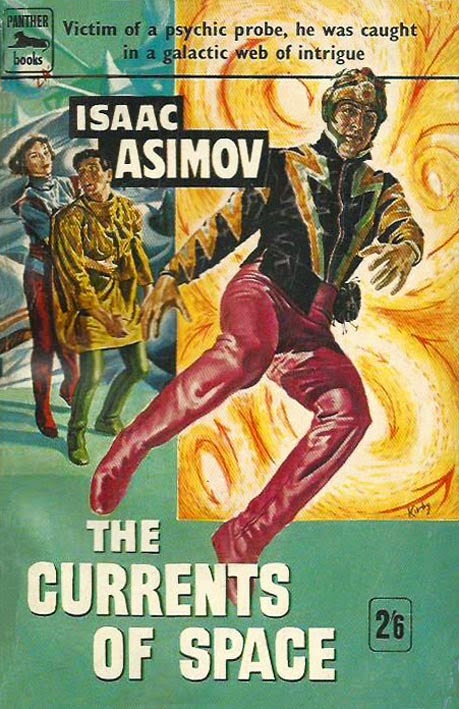




















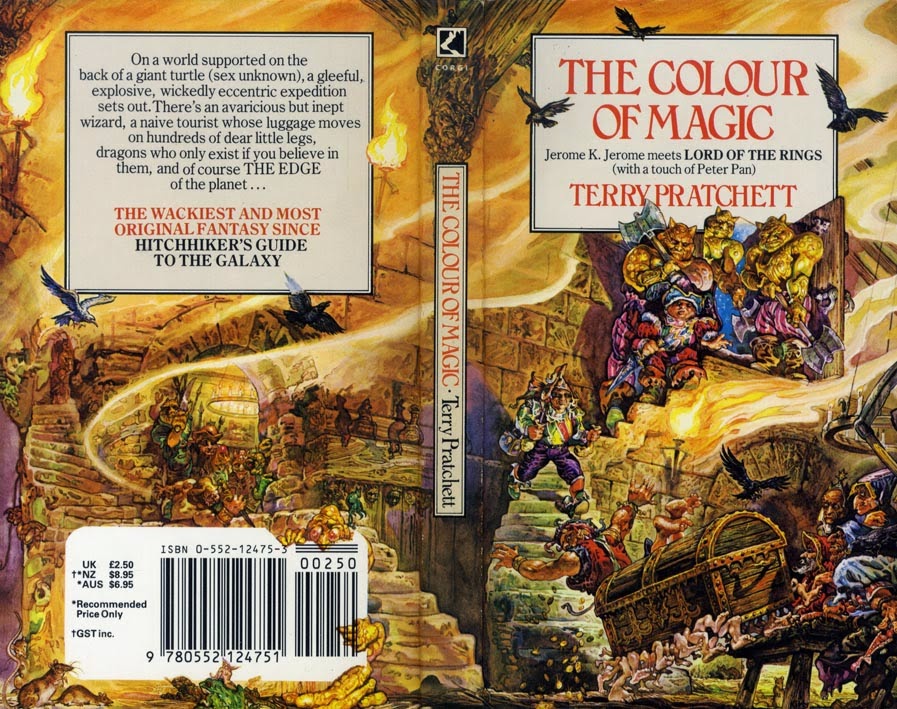
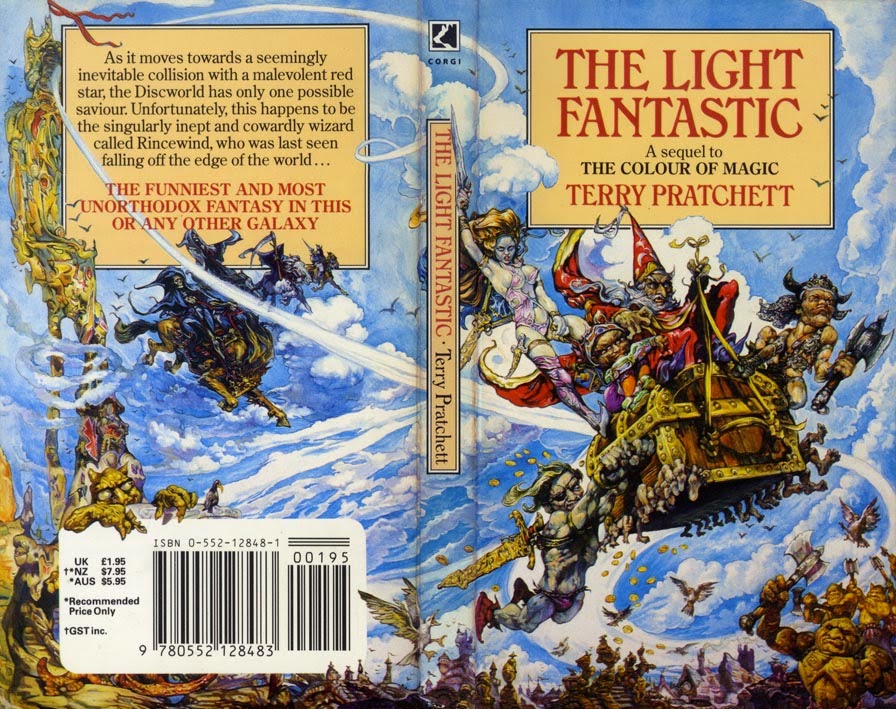

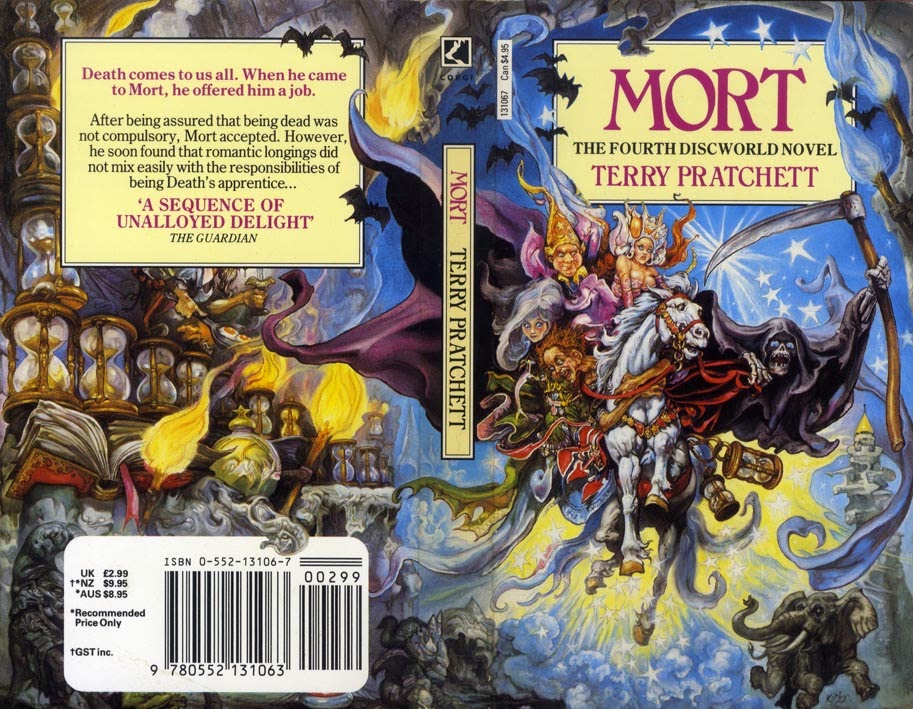



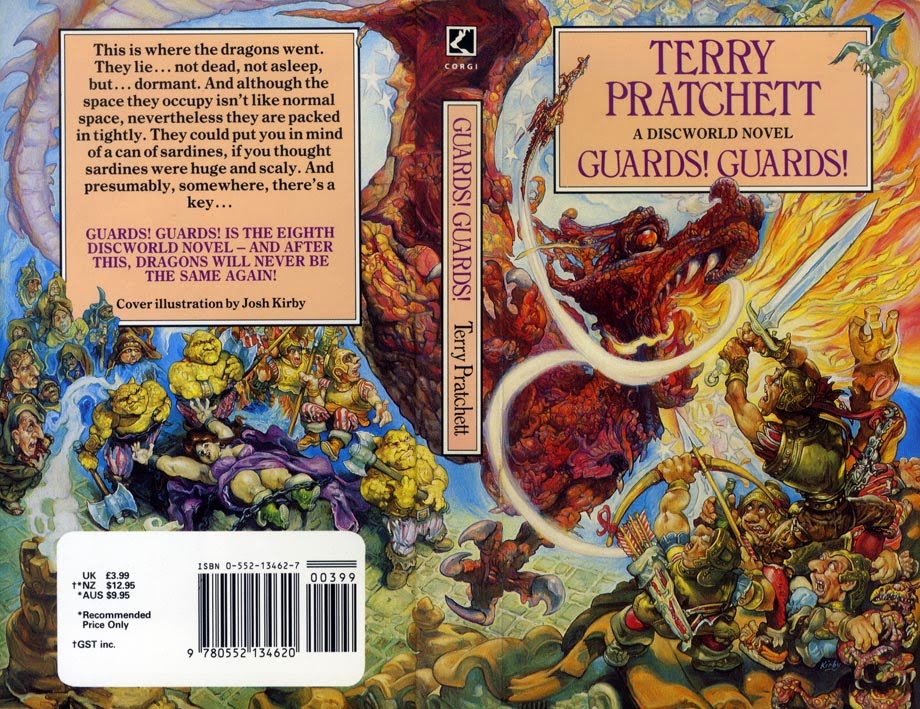




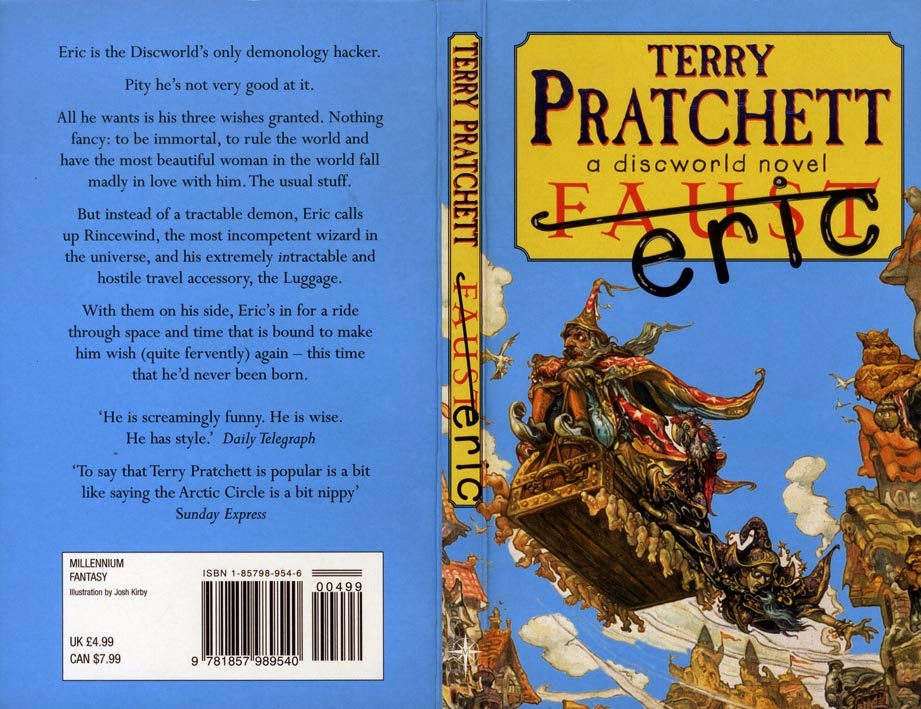
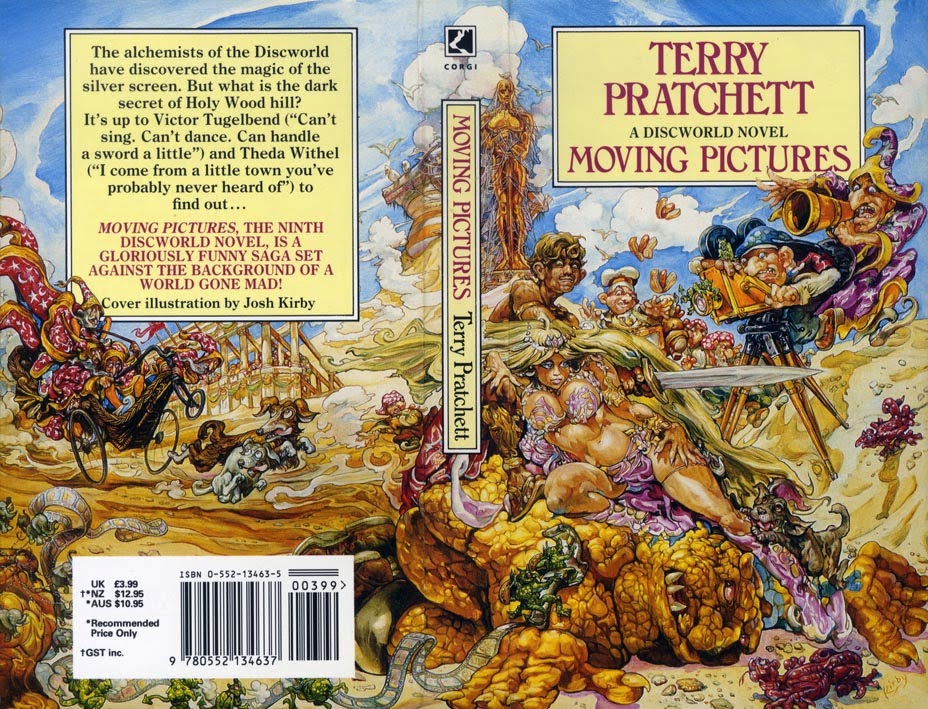



%2BSmall%2BGods.jpg)
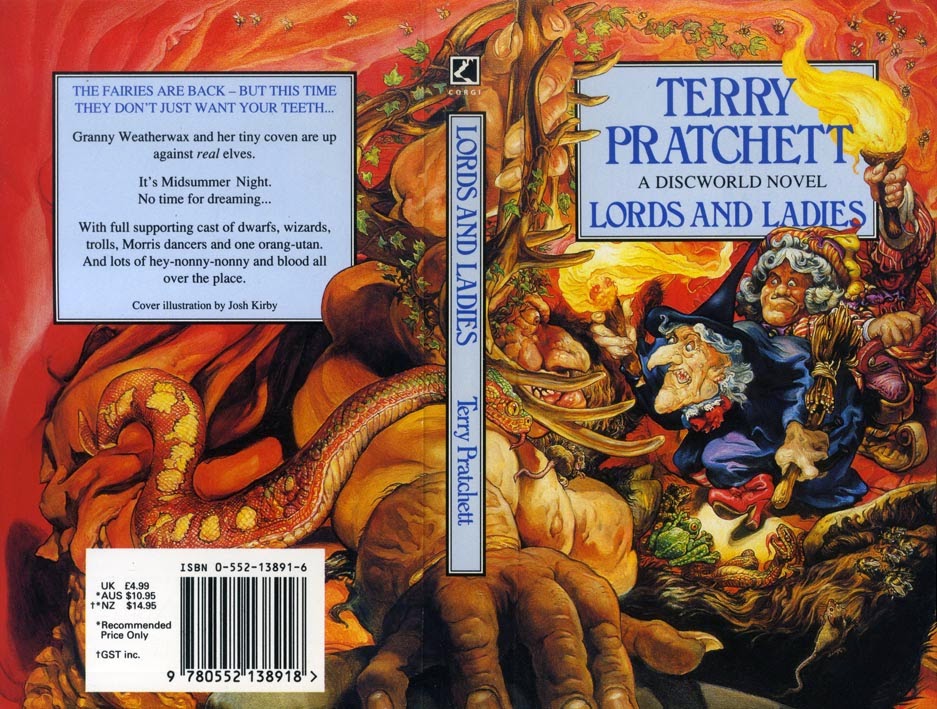

%2BSoul%2BMusic.jpg)

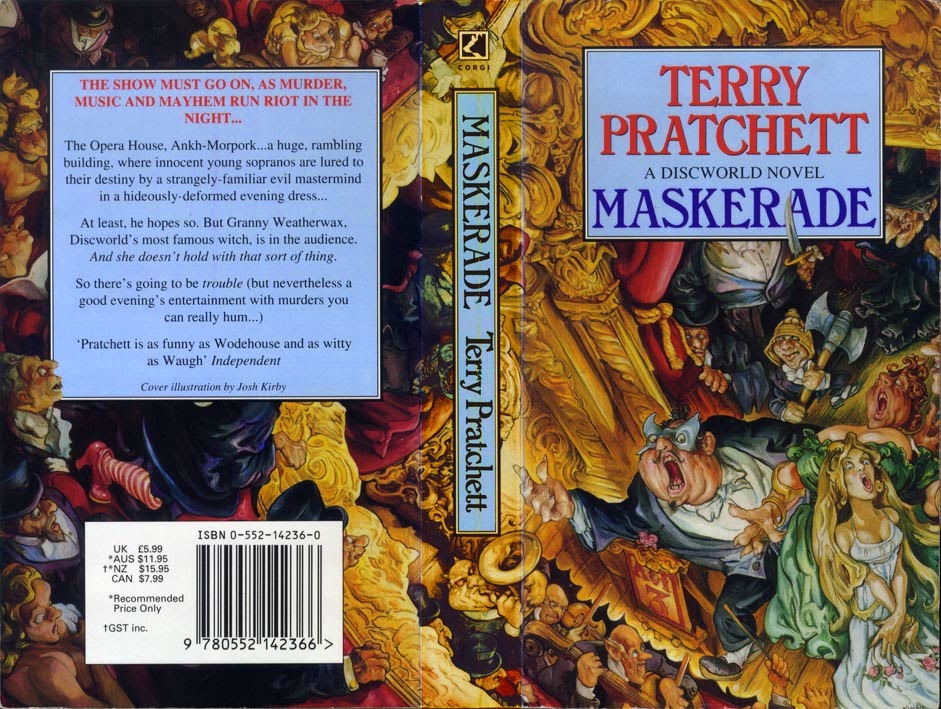
%2BFeet%2Bof%2BClay.jpg)
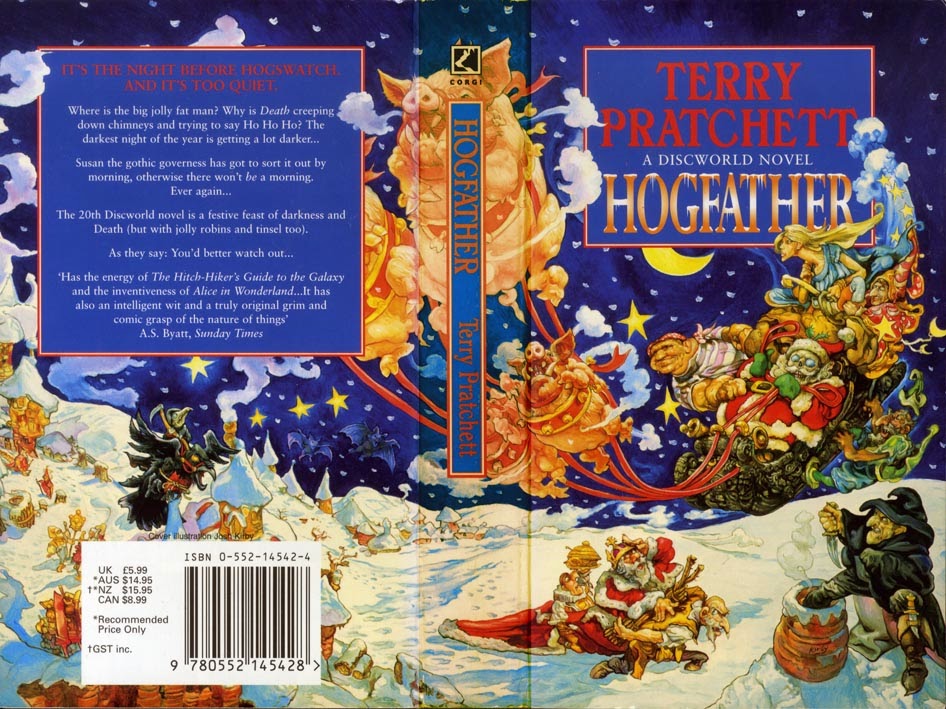


%2BPratchett%2BCarpe%2BJugulum.jpg)

%2BPratchett%2BThe%2BTruth.jpg)
%2BPratchett%2BThief%2Bof%2BTime.jpg)
%2BPratchett%2BThe%2BLast%2BHero.jpg)

%2BPratchett%2BNight%2BWatch.jpg)
%2BPratchett%2BWee%2BFree%2BMen.jpg)
%2BPratchett%2BMonstrous%2BRegiment.jpg)
%2BPratchett%2BA%2BHatfull%2Bof%2BSky.jpg)

%2BPratchett%2BThud.jpg)
%2BPratchett%2BWintersmith.jpg)
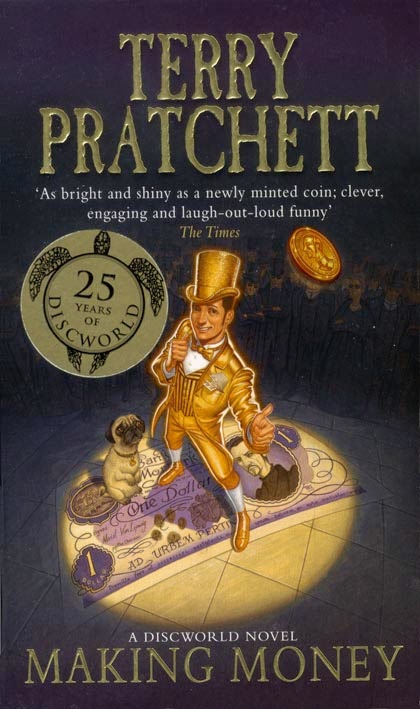
%2BPratchett%2BNation.jpg)

%2BPratchett%2BI%2BShall%2BWear%2BMidnight.jpg)
%2BPratchett%2BSnuff.jpg)

.jpg)
%2BPratchett%2BRaising%2BSteam.jpg)
.jpg)



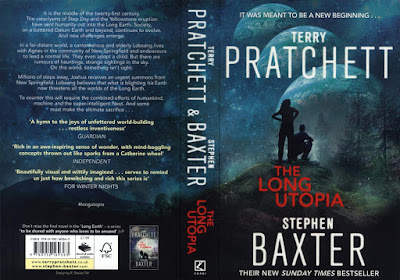













%2BKidby%2BThe%2BArt%2Bof%2BDiscworld.jpg)
%2BPratchett%2BCompleat%2BAnkh-Morpork.jpg)

